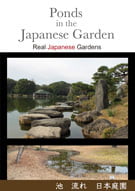I always point out that the regular Japanese garden is not flat. Most of them, even the tiniest ones, have at least one small mound.
Fascinating was that, during my research, I found so little information on mounds in the Japanese garden!
A garden with a tsukiyama 築山 is called a hill garden – opposed by the flat garden, the hiraniwa 平庭.
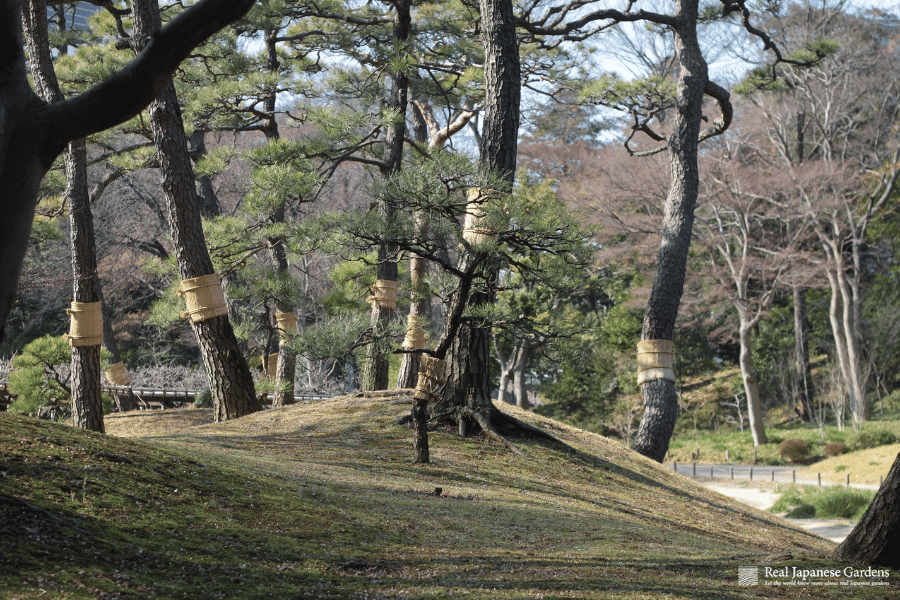
Mountains in Japan
Mountains are very important for the Japanese population. The islands of Japan are covered to around 73% by mountains and only a very small amount of land can be used for agriculture, building villages and cities.
The mountains though were worshipped because they provided the people with fresh water, wood, and also special kinds of food. On the other hand, some of these mountains could also destroy whole villages in an instance. We shall never forget that the whole mountain ridge of Japan is an active volcanic areal.
No wonder that so many symbolic mountains like Mt. Sumeru, Mt. Horai, or Mt. Fuji, to name only a few, found their way into Japanese gardens.
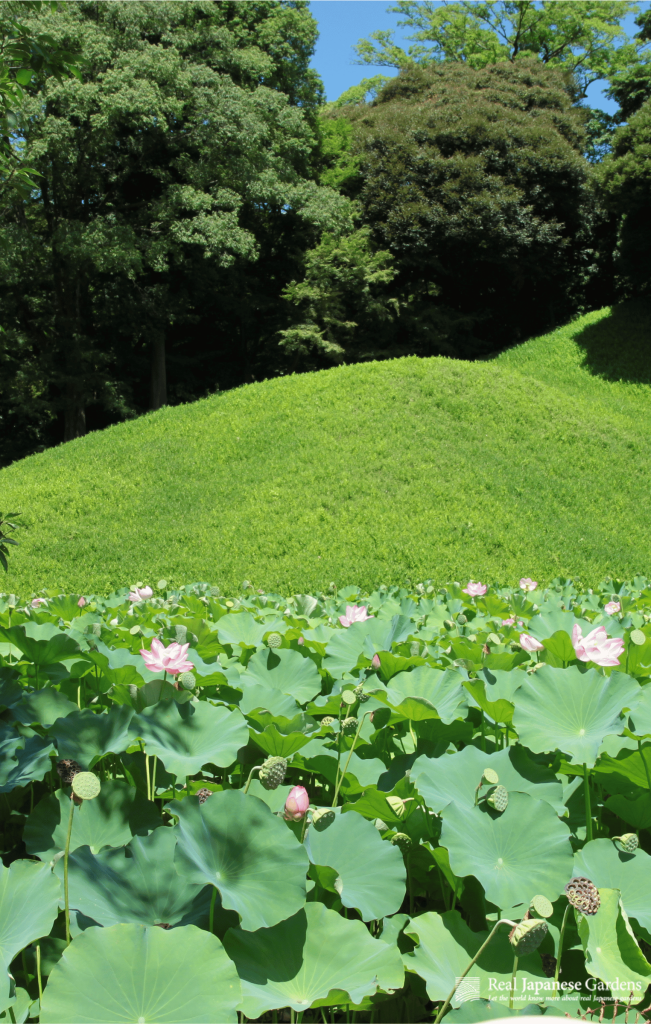
Keeping all this in mind and the initial idea of a Japanese garden to resemble nature, it is just naturally that small hills and mounds found their way into the traditional Japanese garden even if the space they were built on was initially flat. It also helps with adding perspective to the garden, creating a three dimensional experience.
Another point to consider is that when a pond is build, the excess soil needs to go somewhere. People started to make use of it by building mounds.
See our ebook on Ponds in the Japanese Garden!
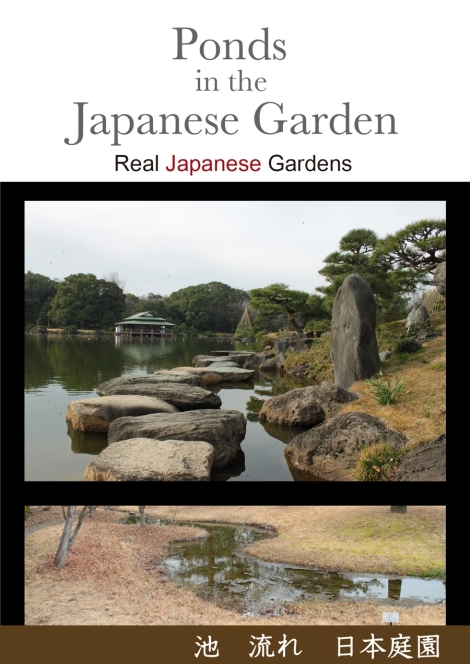
The source where I found most information about tsukiyama is actually the famous book about Japanese garden design by Josiah Conder. Even though we know by now that it didn’t give the most realistic view on Japanese gardens His explanations regarding the tsukiyama are nonetheless informative.
Josiah Conder divided the gardens in three styles: Shin, Gyō, and Sō.
We know these styles very well from Japanese garden paths where this concept is the easiest to understand.
Shin-Gyō-Sō in the Hill Gardens
For a whole garden, Josiah Conder translates Shin-Gyō-Sō as Finished, Intermediate, and Rough.
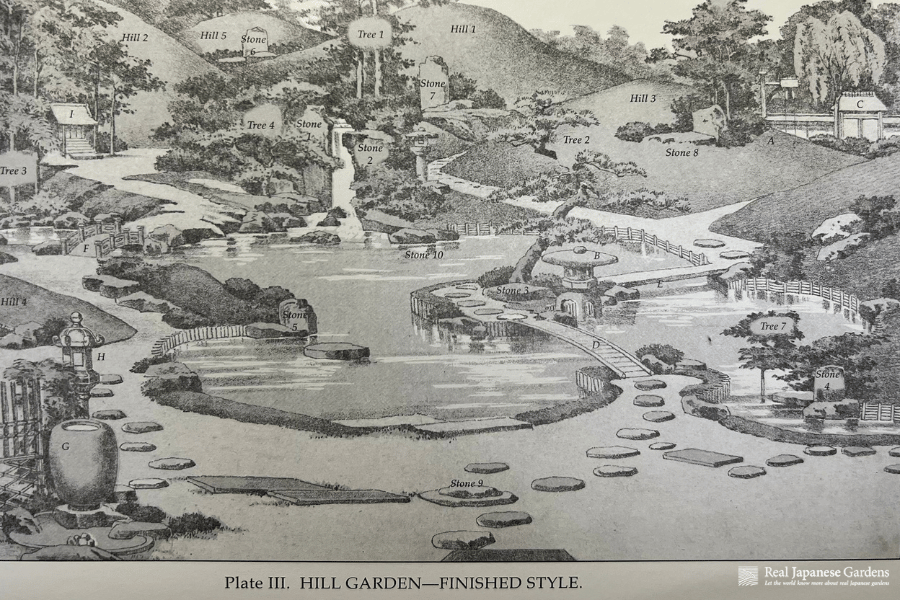
The Shin style (finished), is the most realistic in resembling nature. It has mountains with streams running down to flow into the sea. The plants you find on the hills in the garden will be plants you will also find on mountains. And of course, the plants around the pond are plants you find in plains. When the pond symbolizes the ocean, the plants on the shore will be plants that can be also found at the shore of the real ocean. Shin style gardens have many symbolic garden elements.
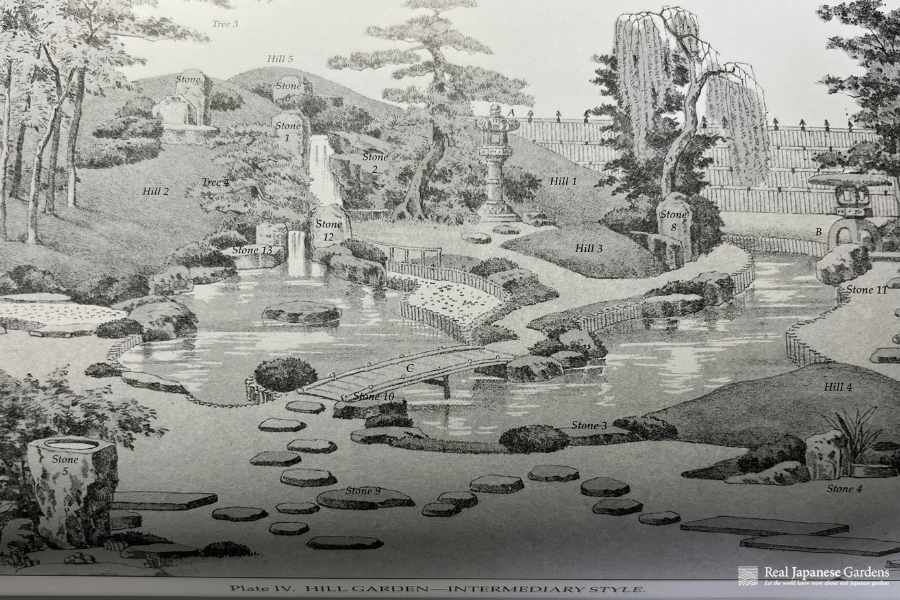
Gyō style gardens (intermediate) are abbreviated versions of the shin style gardens. You will still find hills but not as detailed. The plants become less detailed too and elements are reduced.
The Sō style garden now is very abstract (rough). There are no clearly differentiated hills. Often, water is missing in these designs and symbols are used sparely.
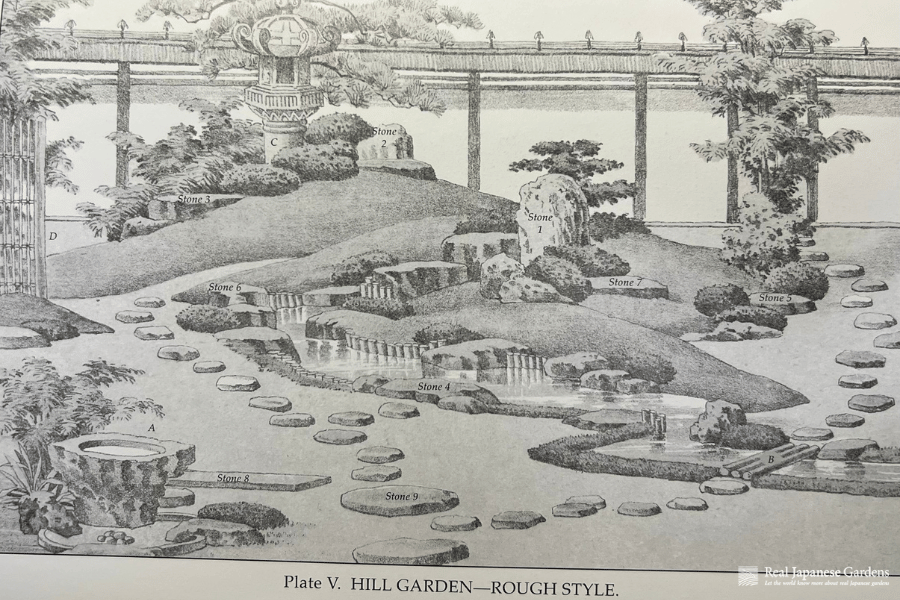
While every garden is different of course, Josiah Conder gave us an example for each of these styles. I will focus on the tsukiyama here to show the difference and the use of artificial hills in smaller scale garden designs.
In Shin style, 5 overlapping hills can be used. The main hill has broad, sweeping sides. The hill in the background has steep sides like the rough mountains in Chinese landscape painting. There is a small hill in the foreground which has a round shape and is covered with plants.
The interaction of these differently shaped hills add a good portion of perspective to the garden.
In Gyō style, the amount of hills can be reduced. And some of them can be merged into one, only showing distinguished peaks. The foreground hill is smaller than in the Shin style, but compared in proportion to the merged hills seems larger.
The Sō style garden is further reduced but we still have a foreground and a background. When compared to other garden styles, everything looks a little larger given the circumstance that you often have more space for less elements. The hill in this style is skillfully shaped and has a sweeping side and a steep side.
To make the Sō style work, the gardener has to have a good skill and sense for shapes and proportions.
Building a Tsukiyama
In the 2nd level Japanese gardening exam (not required for working as a gardener), building a tsukiyama is required. The shape and size can be freely chosen by the gardener. Though, no extra soil should be used. The gardener can only use the soil available within a sized area.
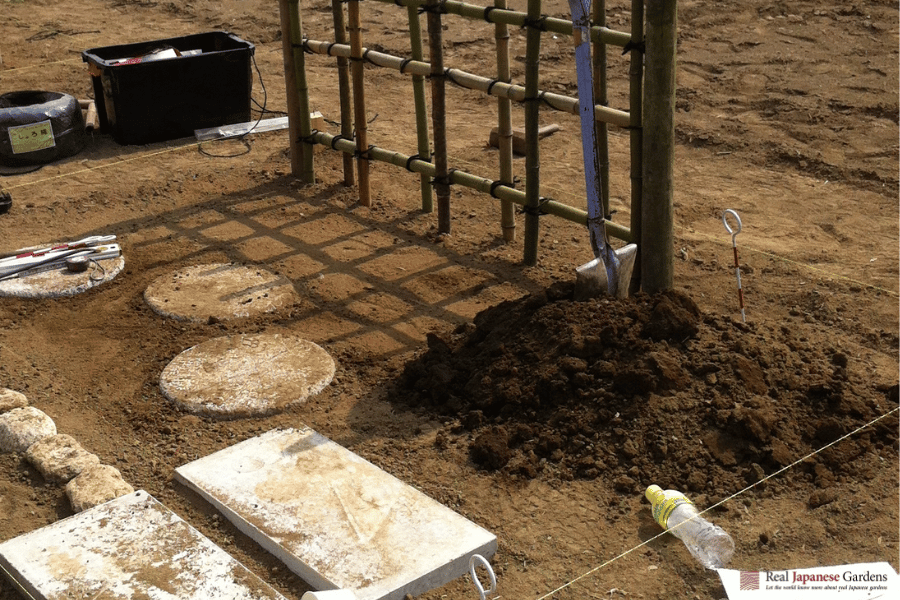
While it wasn’t easy to find information on tsukiyama in books, there was one book even giving an explanation on how to build small mounds in a garden. It differs only slightly from the Japanese gardening exams. It says that the mound should be at the farthest point from where the garden is viewed. A 30cm (12”) deep hole is dug in the shape of the mound and filled again with soil and is then tamped firmly. The intended height is marked with a stick mark.
Now, soil is piled up in 20-30 cm (8” – 12”) steps and tamped firmly each time until the intended height is reached.
To finish the mound, the slope is tamped until it has a nice shape. For smaller hills, a “gote” can be used. For larger ones you can use a tombo.
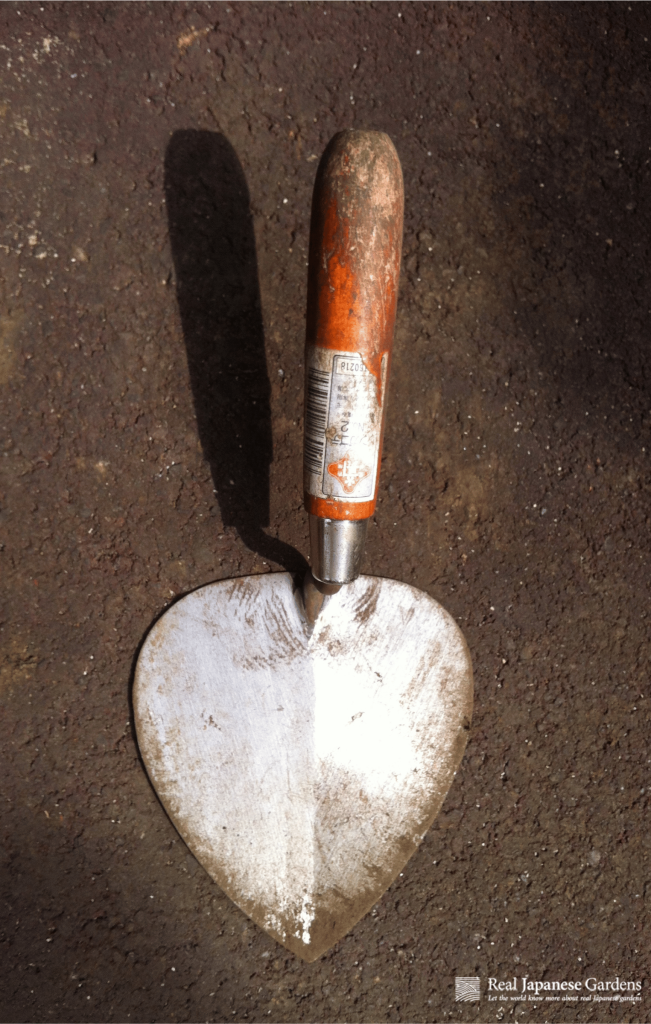
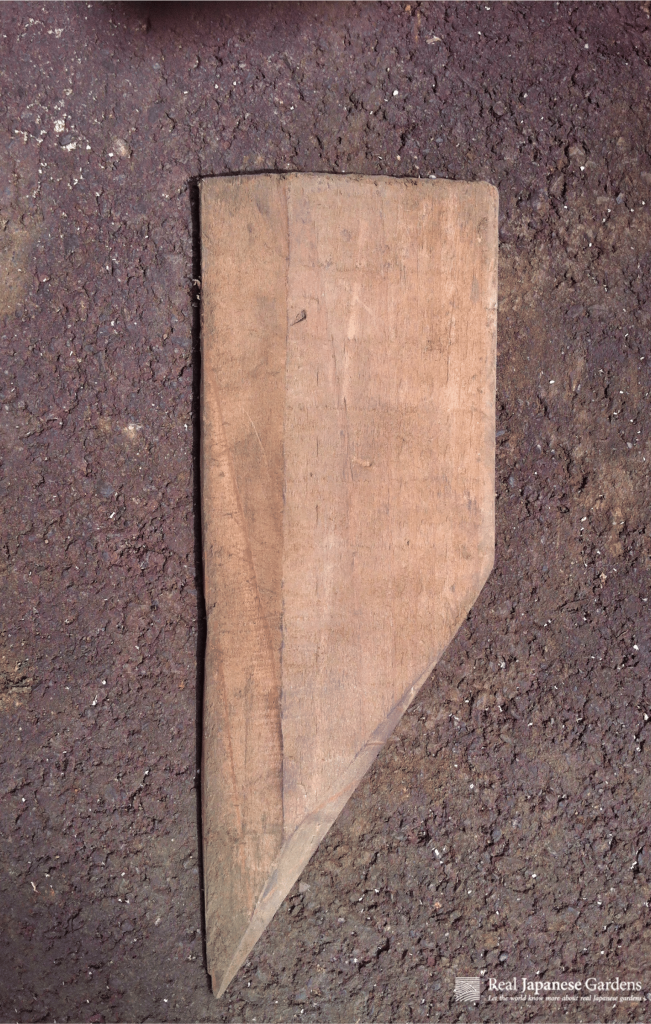
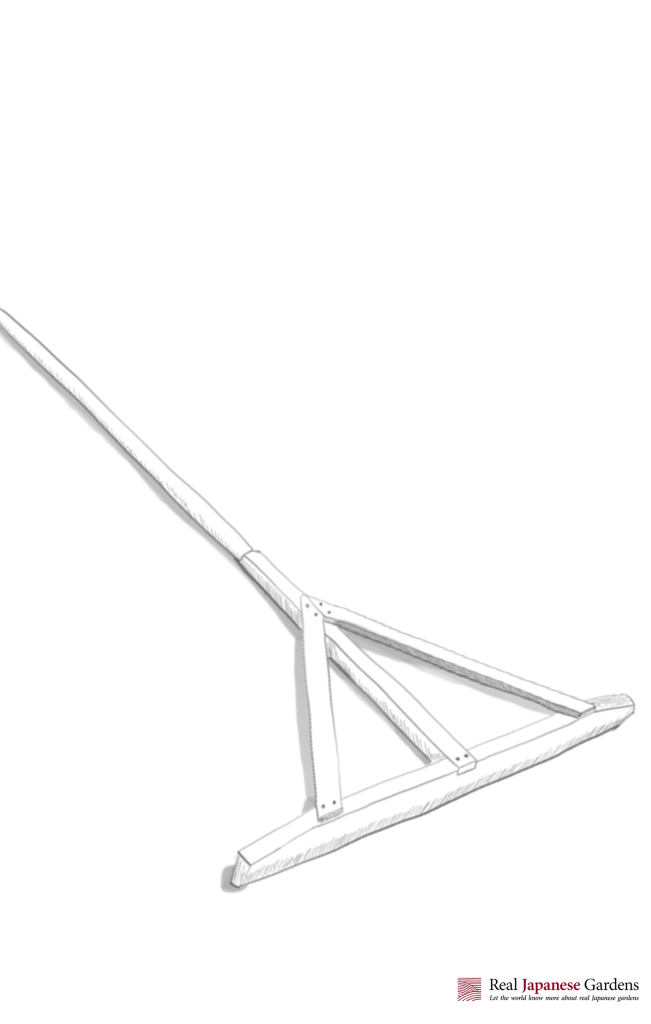
This article appeared first and with additional content over on our Patreon account.
Sources and useful resources (links tied to the Amazon partner program):
Landscape Gardening in Japan (source)
Author: Josiah Conder
Price: from $24 (used)
Click to see more details
Tsukiyama teizōden (source)
Author: Kitamura Enkin
Price: from $89 (used)
Click to see more details
Japanese Gardens: Symbolism and Design (source)
Author: Seiko Goto and Takahiro Naka
Price: from $66 (digital)
Click to see more details
Japanese Gardening in Small Spaces (source)
Author: Isao Yoshikawa
Price: from $31 (used)
Click to see more details
作庭技法集成 全5巻セット (source/resource)
Author: 斉藤勝雄
Price: from ¥49,500 (used)
Click to see more details
Pond in the Japanese Gardens (resources)
Author: Real Japanese Gardens
Price: from $4.95
Click to see more details
Stone Arrangements (resources)
Author: Real Japanese Gardens
Price: from $4.95
Click to see more details






